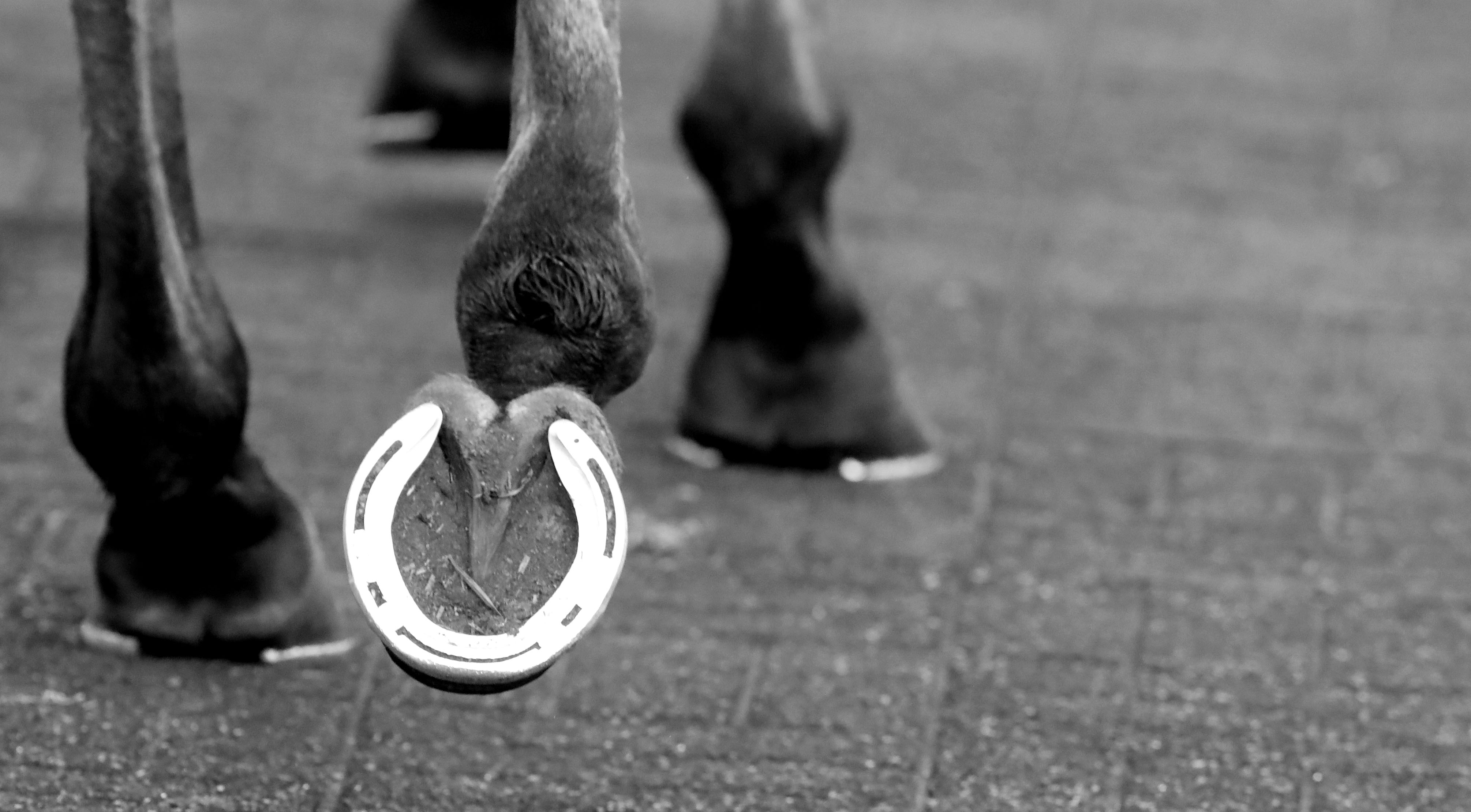
Following last night’s announcement that a controlled, risk-managed return to racing will take place from Wednesday this week – dependent on strict biosecurity controls being in place – the BHA has today issued further information about the processes involved in resuming racing.
The full announcement can be found here: https://www.britishhorseracing.com/press_releases/racing-resume-wednesday-13-february/
The British Horseracing Authority (BHA) is committed to providing regular updates regarding the return to racing, which is a complex process because of the need to do individual risk assessments for training yards.
Declarations
The team at the BHA are working through the evening to clear as many horses as possible to run tomorrow, working with the Animal Health Trust (AHT) in analysing the data from returned equine influenza swabs.
211 declarations were made across four fixtures for racing on Wednesday. There were 16 eliminations from this number through standard balloting-out procedures, leaving a total of 195 declarations.
Of those 195 declarations five horses from four trainers have been withdrawn at this stage. This is a precaution where the BHA has not received notification that the horse or yard is free of the equine influenza virus. These trainers are all those who had runners at the fixture at Ayr on 6 February where a horse who was infected with the equine influenza virus had competed.
The BHA is working with the affected trainers in order to explain what steps will be required in order to move their yards – or horses from their yards – to cleared status. The BHA wants to assess more data from the yards who had runners at Ayr before the yards who had runners are cleared. This is being treated as a priority by the AHT.
Of the remaining 190 declarations there remains a number (22 at time of writing) that the BHA is working hard to clear this afternoon. A selection of trainers have been contacted and advised that their declarations stand for the moment, but they will only be able to run if test results are received by the BHA by this evening.
In any cases where the declarations cannot be cleared, the horses will be declared non-runners in the morning.
Declarations for Thursday will operate under the same procedure as today. A decision will then be made regarding whether declarations for Friday onwards will be able to revert to normal procedures, and subsequently 48 hour declarations be reintroduced for Flat racing.
Brant Dunshea, Chief Regulatory Officer for the BHA, said:
“The BHA is operating a risk model which identifies the level of potential exposure at each yard in order to determine which yards – and in some cases individual horses – are identified as safe to run. These controls were identified as absolutely necessary in order to permit a return to racing. A small number of individual trainers may be inconvenienced as a result of this until they are cleared to race, but in order to ensure an entirely level playing field it would have been necessary to place the entire sport on hold for at least seven more days.
“The measures we are following are intended to minimise the risk of spread of the disease and the subsequent impact this would inevitably have on owners, trainers jockeys and everyone else connected with the affected horses. The BHA is grateful to owners, trainers and vets for their understanding and our teams are working around the clock – alongside those of the Animal Health Trust – to ensure that yards are cleared to race as soon as possible.”
Overseas runners
All runners from outside Great Britain wishing to race must provide a negative result for Equine Influenza from a nasopharyngeal swab (PCR) to the BHA, prior to the horse’s arrival in Great Britain. The swab must have been taken within 72 hours of entry into Great Britain. Results should be emailed to [email protected].
Point to Point racing
The biosecurity regulations which apply to British racing will also apply to Point to Point racing. The BHA will work with the Point to Point Authority in the coming days regarding the enforcement of these procedures.
